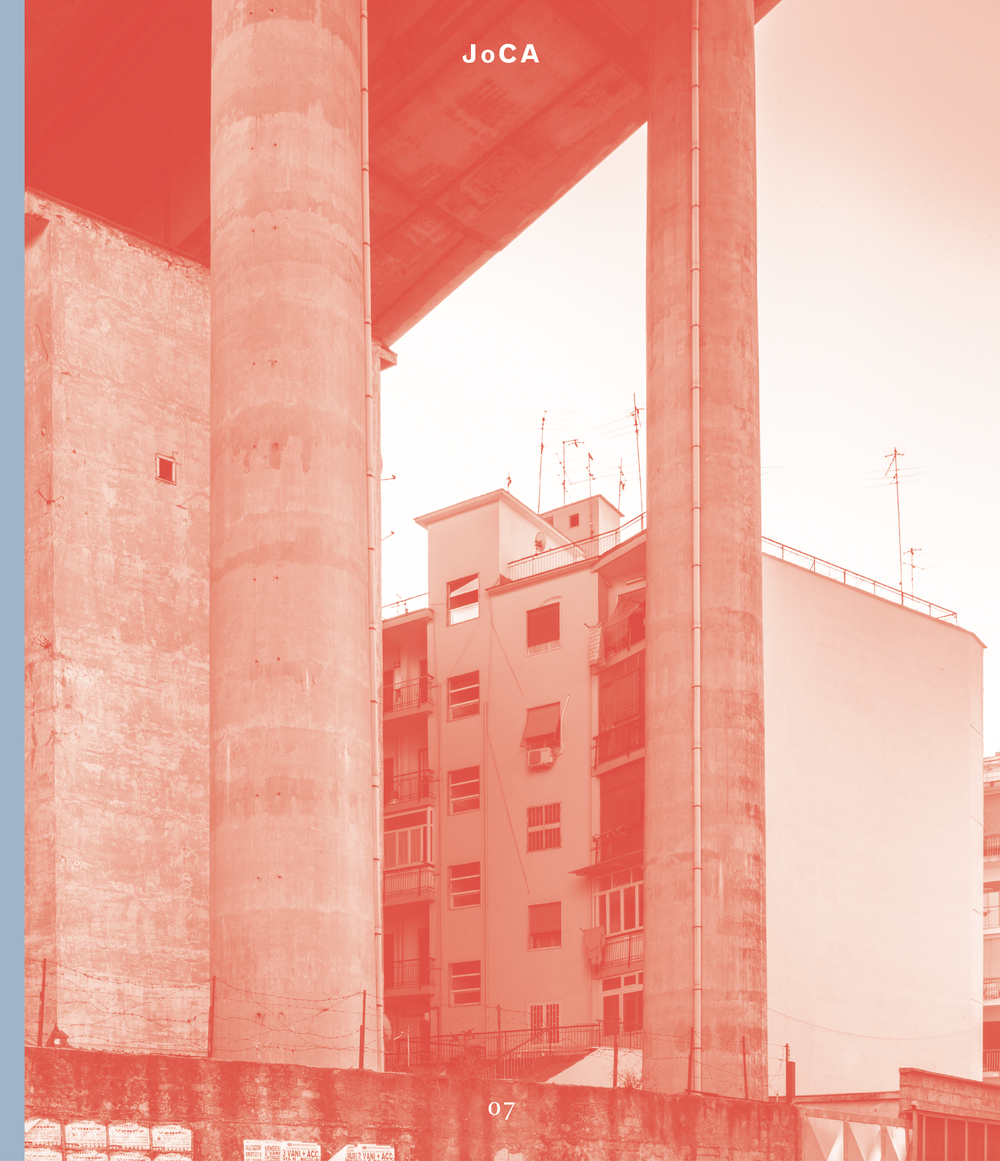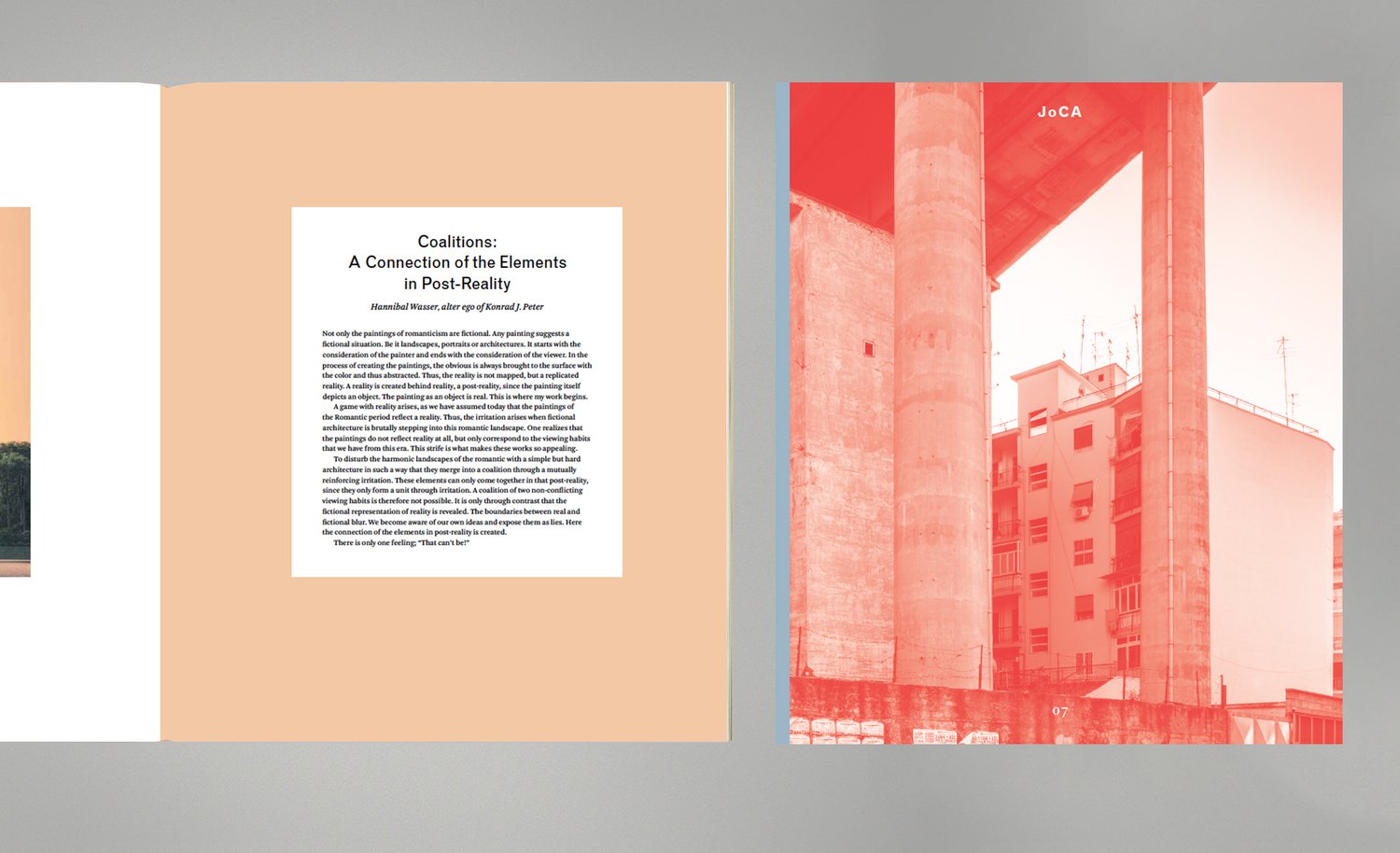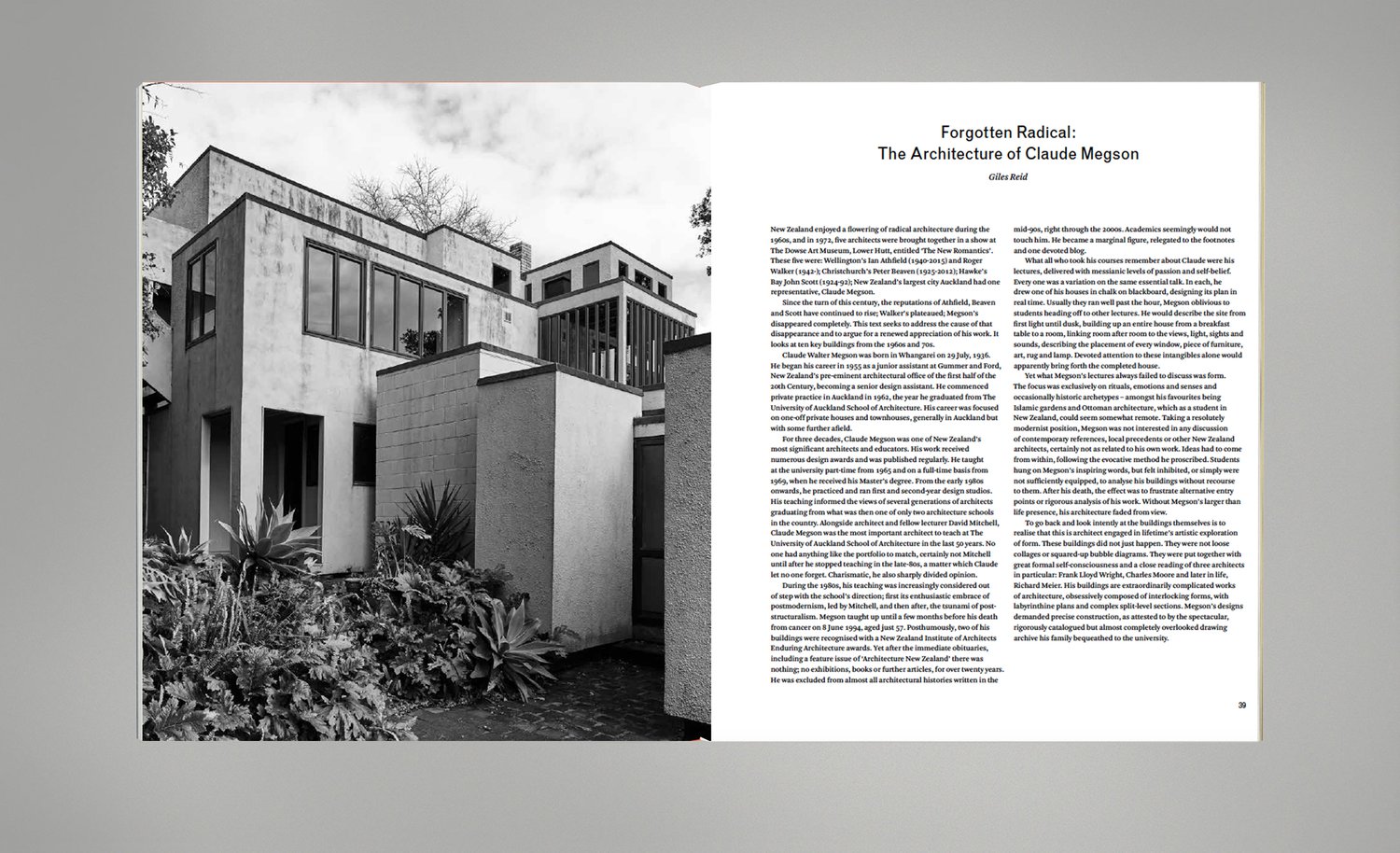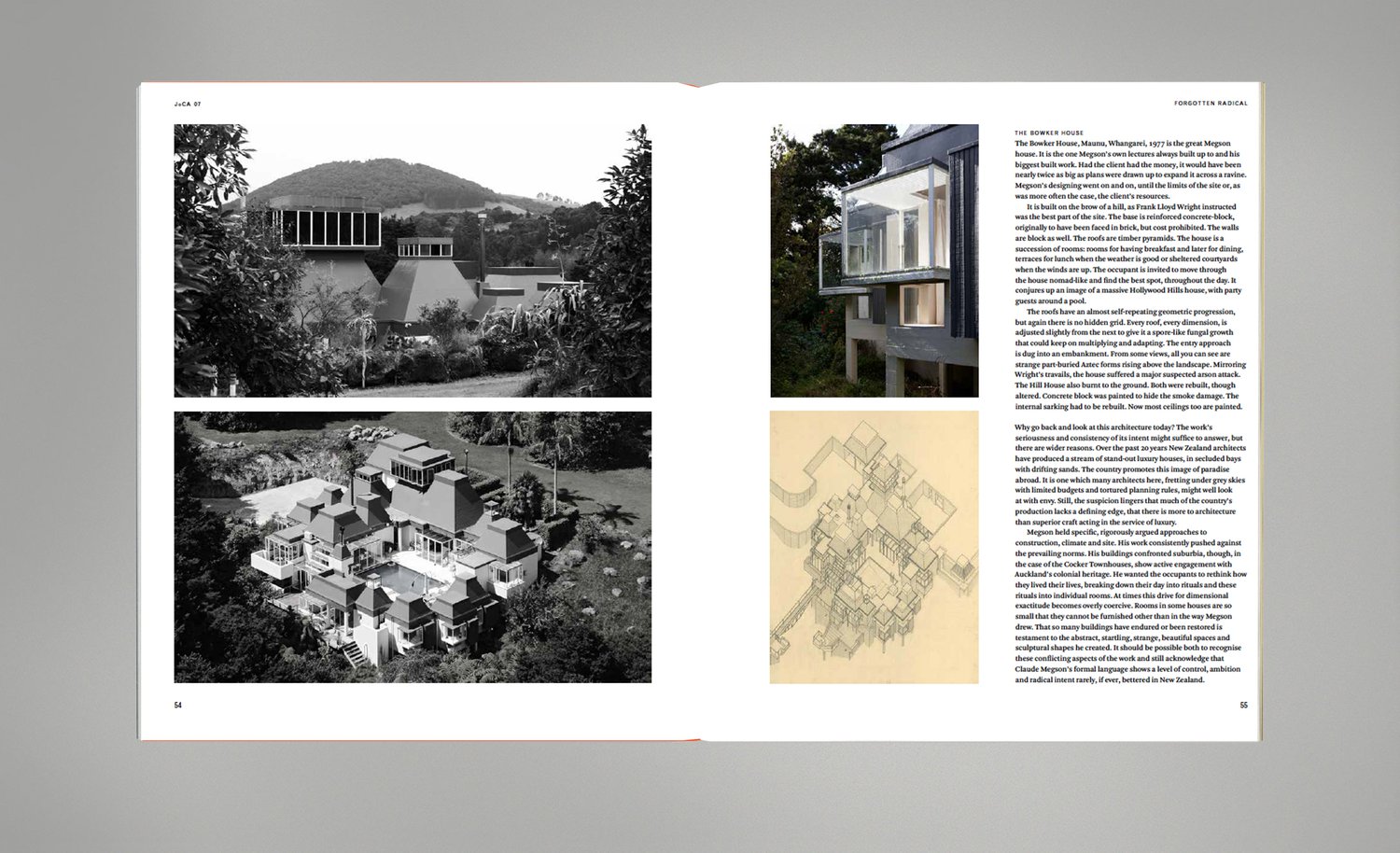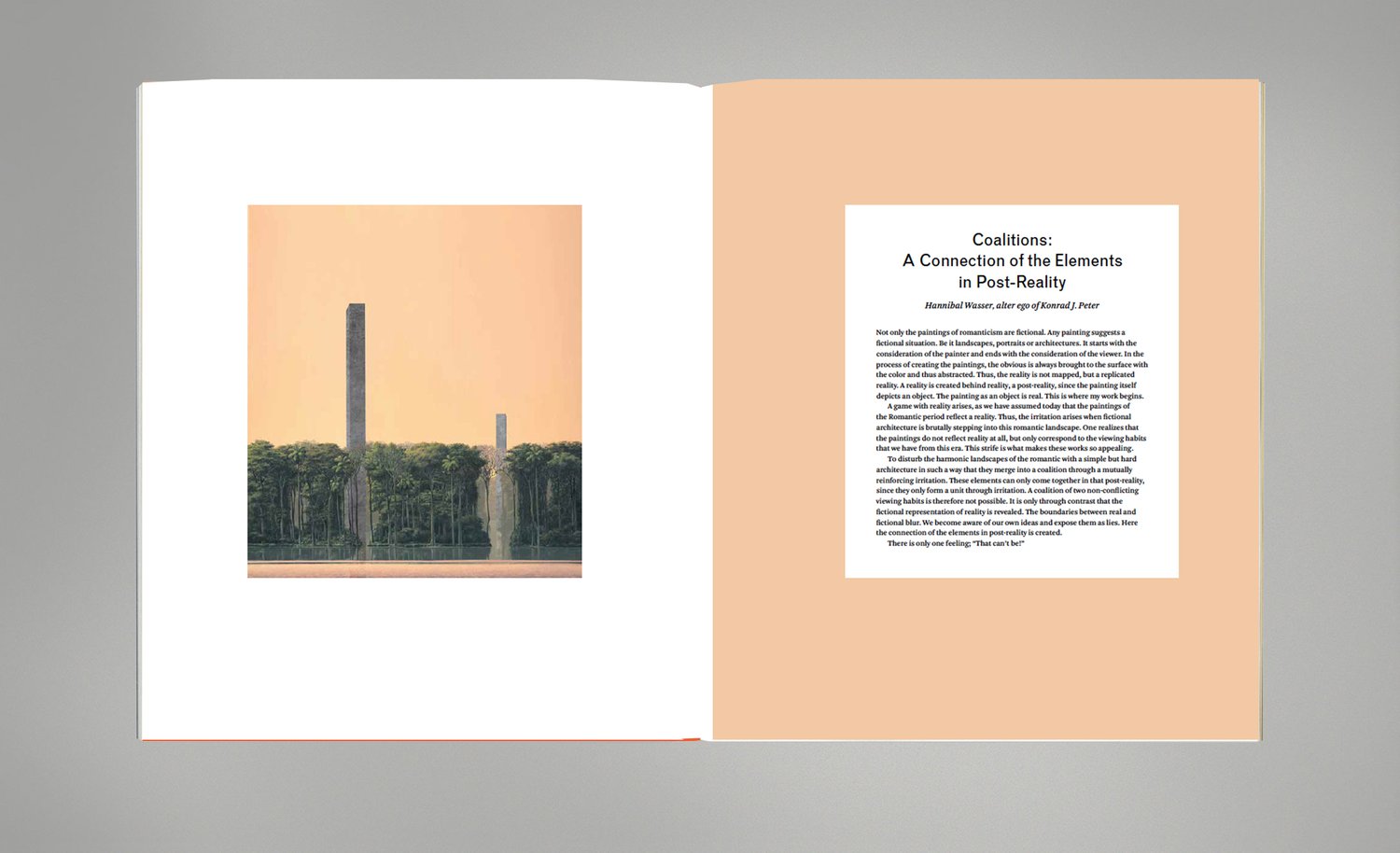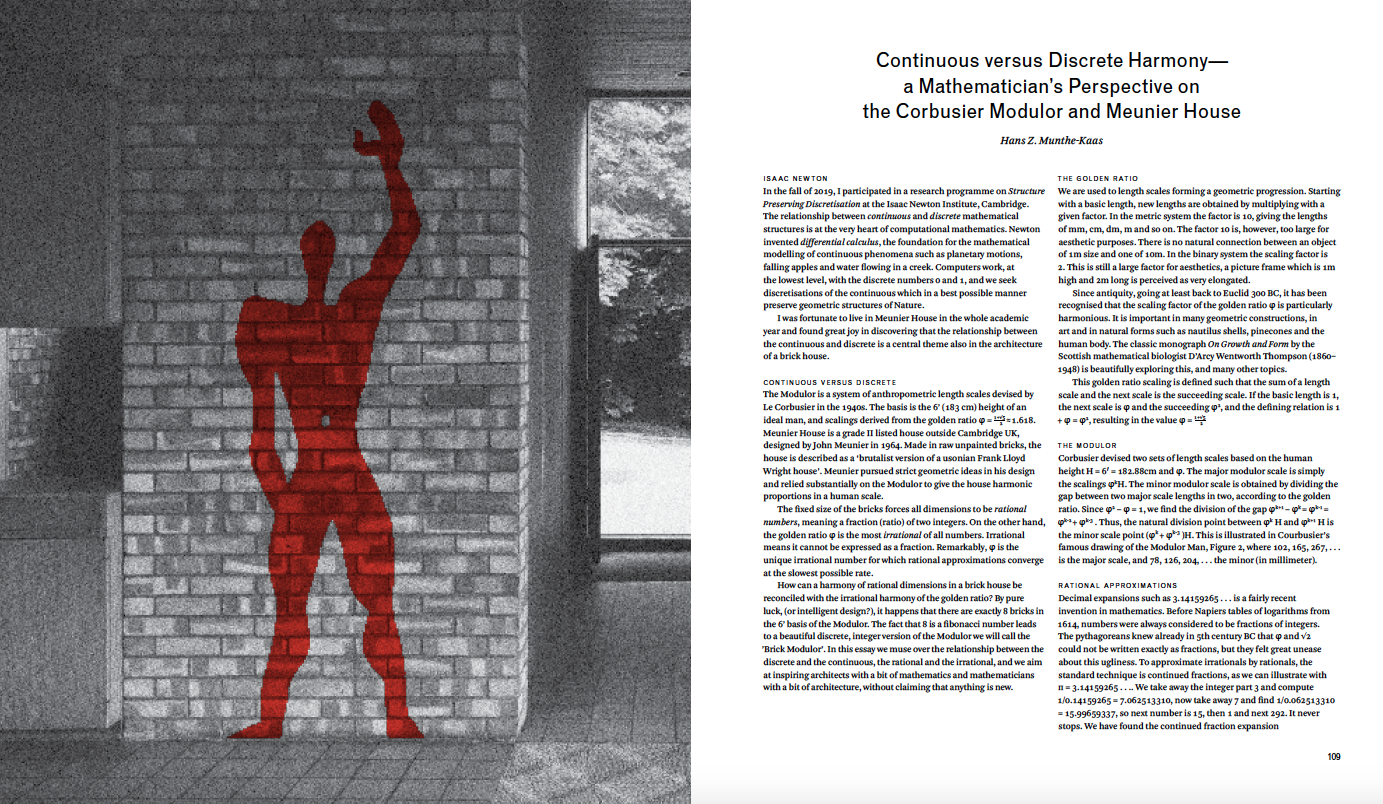'John Summerson started his 1946 lecture at RIBA with the observation that “There is a kind of play common to nearly every child; it is that he is in a ‘house’... It is symbolism—of a fundamental kind, expressed in terms of play. This kind of play has much to do with the aesthetics of architecture... The Latin word for building is aedes; the word for a little building is aedicula.” Convinced of the psychological and social importance of multiple scales in architecture—and of play in culture more generally—Summerson concludes, somewhat enigmatically, “The aedicule unlocks door after door” (“Heavenly Mansions: An Interpretation of Gothic”, John Summerson, 1963). The proliferation of small houses within big ones is a vital cultural phenomenon Summerson claims, making architecture capable of situating and communicating meaning.
Summerson’s essay is well known within British architectural culture, and he might be said to be the first, and arguably the best example of an architect who became a writer and historian of architecture. If one takes seriously his statement that “This kind of play (i.e. aedicular house-play) has much to do with the aesthetics of architecture” in general, then its fundamentally civic character emerges as a question of the imaginative co-existence of multiple symbolic and actual scales at once. In essence, attempts to categorise buildings in terms of size, e.g. S/M/L/XL, or type, or style, form or function, or simply epoch, restrict our understanding of the role of the playful imagination in architecture; and in particular of the necessary interpenetration and co-existence—in symbolic and physical terms—of the interior and exterior spatial qualities that make buildings urbane, communicative, pleasurable, sociable and civic.
By way of illustration of this point, the civil engineering projects of the modern Italian landscape create a form of urbanity, but not something that is obviously civic. In contrast, the temporary military tent architecture of a Roman camp was oriented towards the cosmic and civic values of Rome itself, Joseph Rykwert reminds us (in The Idea of a Town: The Anthropology of Urban Form in Rome, Italy and the Ancient World (1964). This is why festivals and provisional architectural structures posses still today the capacity to embody and to bring forth civic life, as Marina Engel suggests in this issue of the JoCA.
